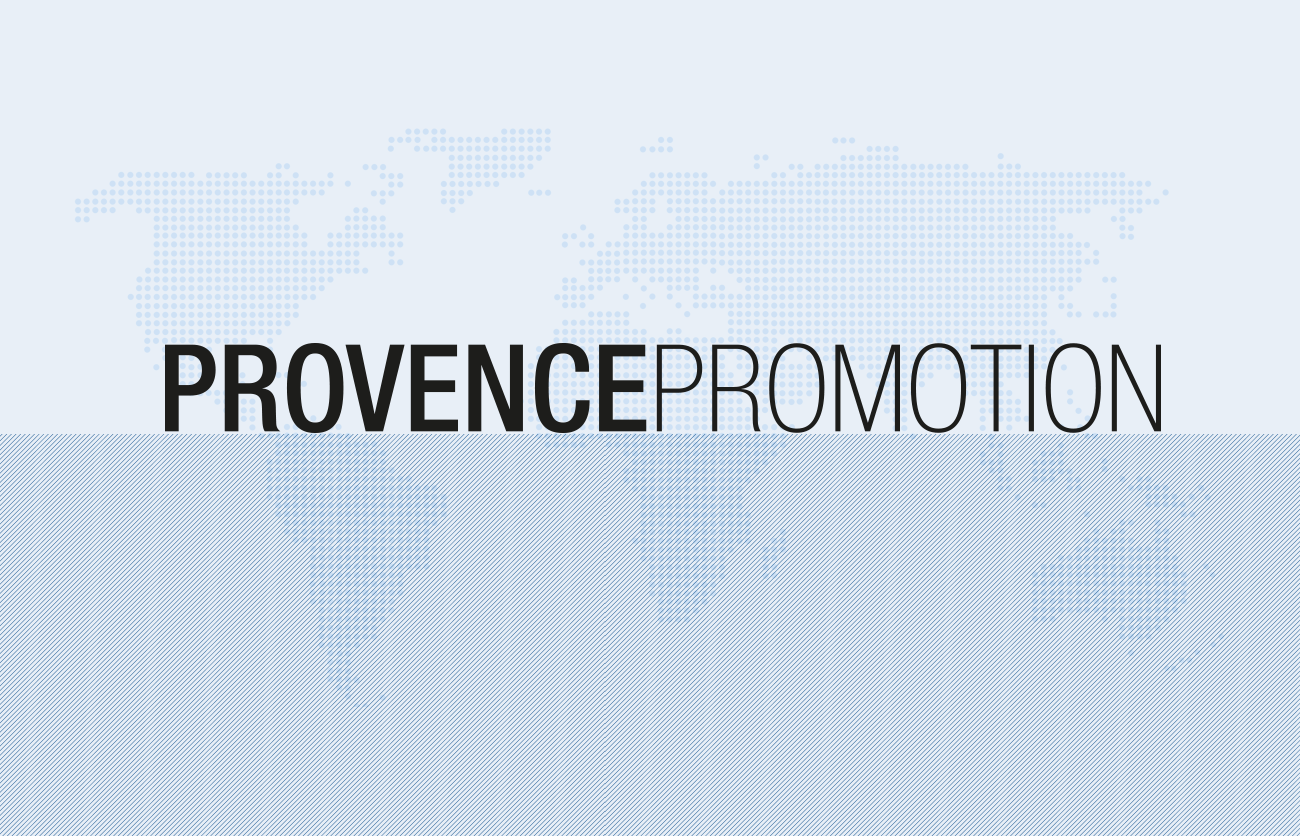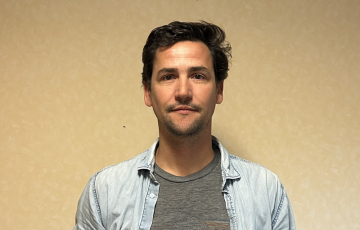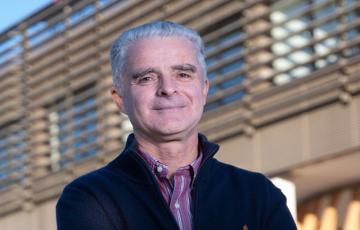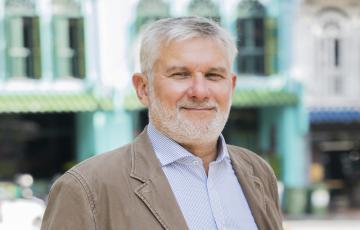ITER marks 10 years of thermonuclear fusion in Provence
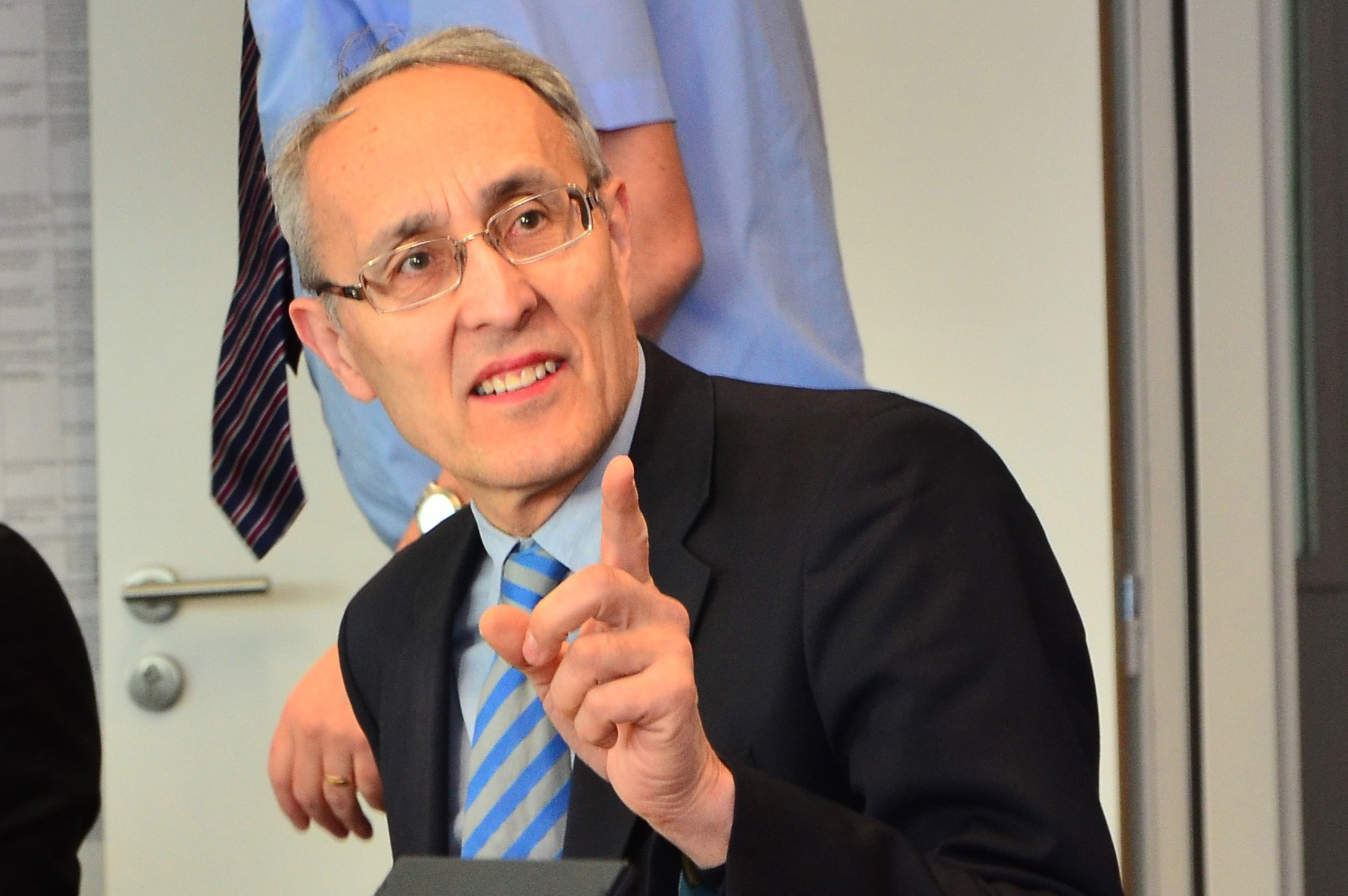
The program is at the midpoint of its journey to produce its first plasma in 2025
Since 2007, the world's energy scientists have had their eyes trained on the Provence town of Saint-Paul Lez Durance. Ten years after the beginning of preparations to build an experimental thermonuclear fusion reactor, the ITER program is now at the midpoint of its journey to produce its first plasma in 2025. The 3,200 people who work on the site each day include many foreign engineers and scientists who are discovering the pleasures and quality of life in Provence. Bernard Bigot, Director General of ITER Organization, looks back on the milestones of this experimental scientific undertaking, the only one of its kind in the world.
Why was Provence chosen to host the experimental nuclear fusion reactor?
The determination of national and local political leaders and the scientific and academic community, along with the fusion expertise and skills of CEA-Cadarache and the research conducted at Aix-Marseille Université, were decisive factors. The qualities of the site itself ‒ neither too close nor too far from major cities, proximity to water and electricity resources, the quality of air and rail transport facilities ‒ were also significant. After all, we have access to water from the Provence Canal and are connected to the European power grid. In 2002, the local governments in the Provence-Alpes-Côtes d'Azur region committed to providing €467 million in financial support to, among other things, create an international school in Manosque and build the ITER route along which the heaviest machinery is transported.
From 2007 to 2017: it has already been 10 years since the project started. Can you take stock and tell us about the outlook? What are the next milestones?
The international political consensus on fusion was formalized in 2006. A 35-year international agreement (2007-2042) was signed and, to date, 60% of the work has been completed to manufacture the components and erect the building that will house the Tokamak. The building will be completed in the first quarter of 2020. By the end of 2017, we will start assembling the components for the cryogenic plant. In 2019, we will begin assembly on the vacuum chamber components and vertical spools. The first plasma is expected in 2025. The project's overall cost will be 20 billion Euro.
How many people work each day on the construction site?
A total of 3,200 people work on the ITER site each day: 2,000 work directly on the construction site and 1,200 are involved in implementing the international program. That includes 800 employees who work for the international ITER Organization and 400 highly skilled contractors. The European Union's joint undertaking for ITER (Fusion for Energy), which is responsible for building the structures, and the Engage consortium have 500 staff members on site.
Beyond that are the employees of the domestic agencies of the ITER members, or some 1,200 people who work i China, the European Union, India, Japan, South Korea, Russia and the United States to manage industrial contracts to manufacture the components for which they are responsible.
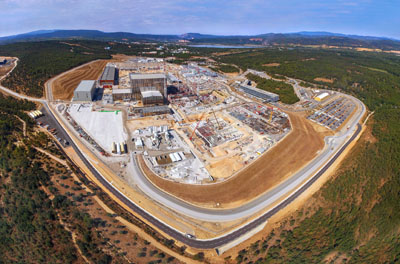 The ITER program, which has seven members representing 35 countries, involves the development of 180 hectares in Saint-Paul Lez Durance. The platform, which is home to the experimental thermonuclear fusion reactor and its industrial infrastructure, will occupy 42 hectares.
The ITER program, which has seven members representing 35 countries, involves the development of 180 hectares in Saint-Paul Lez Durance. The platform, which is home to the experimental thermonuclear fusion reactor and its industrial infrastructure, will occupy 42 hectares.
Is it possible to measure the economic impact of ITER in Provence?
So far, the worksite has generated close to 6 billion Euro in industrial (manufacturing, civil engineering) and service contracts in Europe. More than half of these contracts were awarded to French companies, and nearly three-fourths of those businesses are located in the Provence-Alpes-Côtes d'Azur region. Thus, several hundred million Euro are injected into the local economy each year. ITER spends €300 million on payroll and local services (surveillance, accounting, etc.), in addition to its outlay on industrial contracts and subcontracting. Very hefty calls for bids to assemble the machine have been issued. These contracts will start in late 2018/early 2019 for a five- to six-year period. More than 380 companies ‒ SMBs and major corporations alike ‒ are working to move the project forward. And 80% of them are French businesses...
The quality of life in our region is a real source of appeal to employees who come from all over the world to work here. Workers live in Aix, Manosque and Vinon and in the villages near the site.
Is it reasonable to imagine that nuclear fusion will part of the energy mix one day?
Nuclear fusion is a potential source of clean energy. It has zero impact on the climate or the environment and it is safe and provides massive, continuous power production. This makes it a major alternative to fossil fuels. ITER does indeed aim to demonstrate that fusion can contribute to the worldwide energy supply. For the first time in history, we are going to be able to study "self-sustaining plasma" and the learnings are bound to be extremely valuable. We are also going to learn a lot about managing and maintaining a fusion facility. ITER is a decisive step forward in demonstrating the industrial feasibility and economic profitability of fusion energy.


 +33 4 96 11 60 00
+33 4 96 11 60 00





